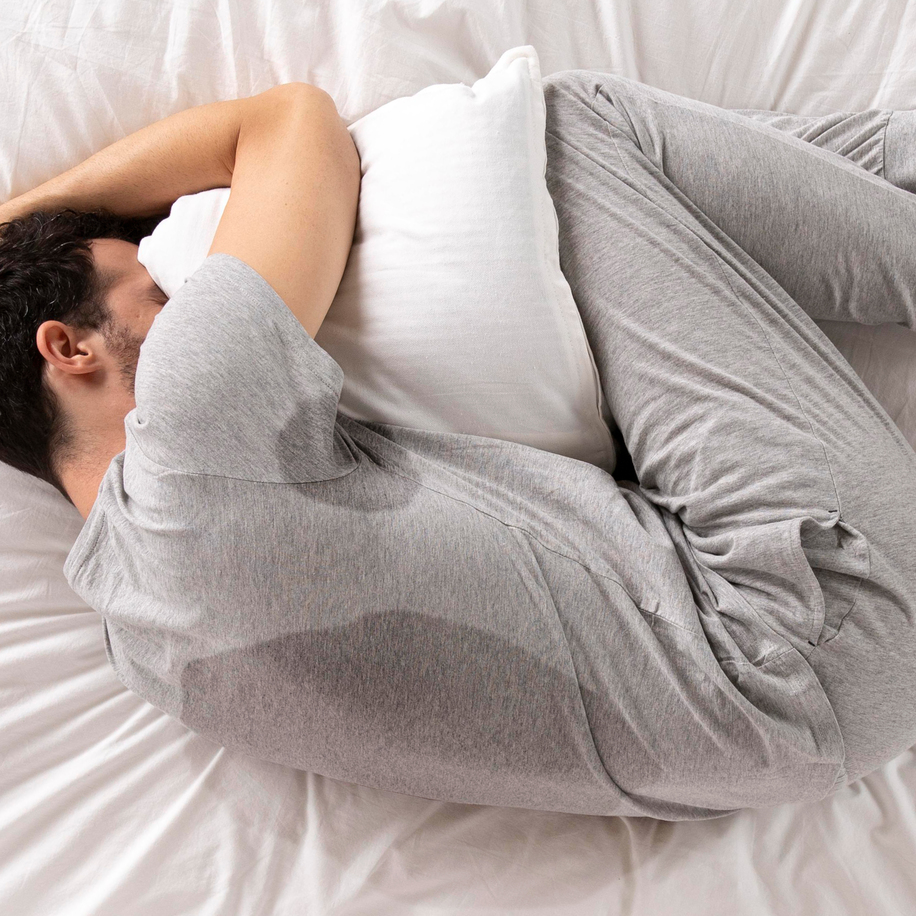The Dusty Matter of PM2.5: Let’s Find Out How To
Reduce Your Exposure and Protect Yourself
Table of Contents:
When was the last time you pondered the origin of the dust accumulated in your home? Dust accumulates from a multitude of sources, leaving no corner unscathed. Among its diverse origins include tiny flakes of discarded dead skin cells, dirt, and fabric fibres. Household objects like bookshelves, cupboards as well as upholstery attract dust easily. Besides that, outside elements like dirt, soot, exhaust, and haze can enter our homes through the wind. Dust particles accumulate silently, intertwining with our lives both inside and outside our living spaces.
That seemingly harmless layer of fine particles that settles on surfaces and makes you sneeze may actually be more harmful than you think. Dust is not only unsightly and annoying to get rid of, but it also contains tiny particles called PM2.5 (Particulate Matter), which can penetrate deep into our lungs, enter the bloodstream, and cause a range of health issues. As the air pollution crisis worsens in many parts of the world, it is becoming harder to battle this invisible enemy. But don't lose hope just yet. The first line of defense against dust and bad air quality begins at home. By taking simple measures to minimise the impact of inhaling bad air, such as proper ventilation and regular cleaning, we can improve the indoor air quality in our homes and protect our health.
So, let's dive into the world of dust, PM2.5 and why it's essential to maintain clean air at home.

PM2.5, what’s in it?
PM2.5 refers to fine particulate matter that is 2.5 micrometers in diameter or smaller. These tiny particles can come from a variety of sources, including vehicle exhaust, industrial emissions, wildfires, and dust. Some of the common buildup of PM2.5 include sulfates, nitrates, ammonia, black carbon, and mineral dust. These particles can impact human health and are one of the main contributors of air pollution.
Understanding Air Quality Index (AQI) and what it means?
Air Quality Index (AQI) measures particulate matter (PM2.5 and PM10), Ozone (O3), Nitrogen Dioxide (NO2), Sulfur (SO2) and Carbon Monoxide (CO) emissions in a specific location. The level of air pollutants will vary throughout the day due to traffic, factories at work, etc.
The following table1 indicates the measurements and their health implications. And at the side shows the concentration of PM2.5 base on table provided by Environmental Protection Authority of Victoria, AU2. Using an air quality monitor, individual can visualize the current level of PM2.5 μg/m3 in their environment and take steps to minimize their exposure.
3 myths about Air Quality
According to an article published by the National Geographic on environment, there are 3 misconceptions about air pollution that many don’t realise. Here are the 3 facts to the myths you should know.3
Myth 1: Inhaling bad air only affects the lungs.
Fact: Prolonged exposure to air pollutants can lead to serious health issues, including cancer, heart attacks, premature birth, diabetes and cognitive problems in children. Additionally, particulate pollution such as PM2.5 and ultrafine particles can enter the bloodstream, causing a range of health problems to the organs.
Myth 2: Air pollution only affects big cities.
Fact: Air pollution knows no boundaries, impacting beyond urban areas. Micro pollutants can spread far and wide, carried by the wind for thousands of miles. Even beyond urban regions, agricultural practices and open-air burning contribute to air pollution as well.
Myth 3: Cleaning up air pollution is complex and costly.
Fact: The US implemented the Clean Air Act in 1970, initially targeting the removal of lead from the air. As a result of this law, air pollution has been reduced by 70%. This success highlights the effectiveness of science-based regulations that prioritize public health.

How PM2.5 affects the air quality and our well-being?
Did you know that the average adult inhales and exhales about as much as 18 kilograms of air a day4? To put into context, we consume about 1.3 kilograms of food and drink about 1.2 kilograms of water a day. The air we inhale includes water vapour, dust, carbon monoxide, carbon dioxide, pollen, allergen, and many other tiny particles. The over-exposure to polluted air could trigger health problems among children, adults, and older adults. Cases of health-threatening diseases include:
- Children
Dusty and polluted air can lead to respiratory problems in children such as asthma, bronchitis, and pneumonia. Children who grow up in areas with poor air quality are at risk of developing permanent lung damage, which can affect their health for the rest of their lives.
- Adults
Adults who are exposed to dusty and polluted air regularly may experience chronic respiratory problems, such as COPD (Chronic obstructive pulmonary disease) and lung cancer. Air pollution has also been linked to cardiovascular problems and mental health issues such as anxiety and depression.
- Old People
Older adults are more vulnerable to the effects of air pollution due to weakened immune systems and pre-existing health conditions. Exposure to air pollution has been linked to an increased risk of dementia, cognitive decline, and Parkinson's disease.

5 ways to prevent over-exposure to dust and PM2.5 indoors
1. Keep indoor spaces well-ventilated
Invest in a good ventilation system with filters to help circulate the air and reduce the concentration of PM2.5 particles indoors. This is important especially in urban areas where the pollution is high.
2. Use air purifiers
Air purifiers with HEPA filters can help filter out PM2.5 particles from the air inside your home. Choose a purifier that is appropriately sized for the room where you spend a lot of time in and use it regularly.
3. Avoid smoking indoors
Avoid smoking indoors to help reduce indoor air pollution. If you or someone in your household smokes, encourage them to smoke outside instead.
4. Keep your home clean
Dust and other particles can accumulate on surfaces and contribute to indoor pollution. Regularly clean surfaces such as floors, furniture, and countertops to reduce the amount of PM2.5 particles in your home.
5. Smart Home Technologies
Consider using products that have smart home capabilities. Many HVAC (heating, ventilation, and cooling) companies are now integrating their air conditioner, air purifiers and ventilation into a single system connecting it with a Smart App to allow immediate air quality monitoring and control. Such automation works by using sensors, and having the equipment change their operation mode depending on the air quality readings.

nanoe™ X breaks down airborne PM2.5 to keep your indoor air fresher and cleaner
nanoe™ X technology produces nano-sized water particles containing hydroxyl radicals into the air to reach and denature airborne hazardous substances such as PM2.5, inhibiting them, keeping your indoor air fresh and clean for your loved ones at home.
nanoe™ X particles can inhibit bacteria and viruses, moulds, pollens, and allergens in the air and on object surfaces too. Its deodorization effects help to keep away unruly smells like from BBQ cooking and cigarette smoke odours.
Selected air conditioners with nanoe™ X technology can inhibit both adhered exhaust gas, acid rain/aromatic carboxylic acid (benzoic acid) and paraffin (hexadecane) by 99%.5
What’s more, the selected nanoe™ X air conditioner, can be integrated with a ventilation and air quality controller to control and monitor the home Indoor Air Quality using Panasonic Comfort Cloud App. Other selected nanoe™ X products also have an air quality indicator as well to show the level of pollutants inside our home.
To learn more about Panasonic nanoe™ X click here.
Article Links
1 https://www.nationalgeographic.com/environment/article/debunking-three-myths-about-air-pollution
2 https://www.epa.vic.gov.au/for-community/environmental-information/air-quality/pm25-particles-in-the-air
3 https://www.airnow.gov/aqi/aqi-basics/
4 https://www.panasonic.com/my/nanoe/all/safety.html
5 https://www.panasonic.com/global/hvac/nanoe/all/verification/evidence.html
Latest Articles








